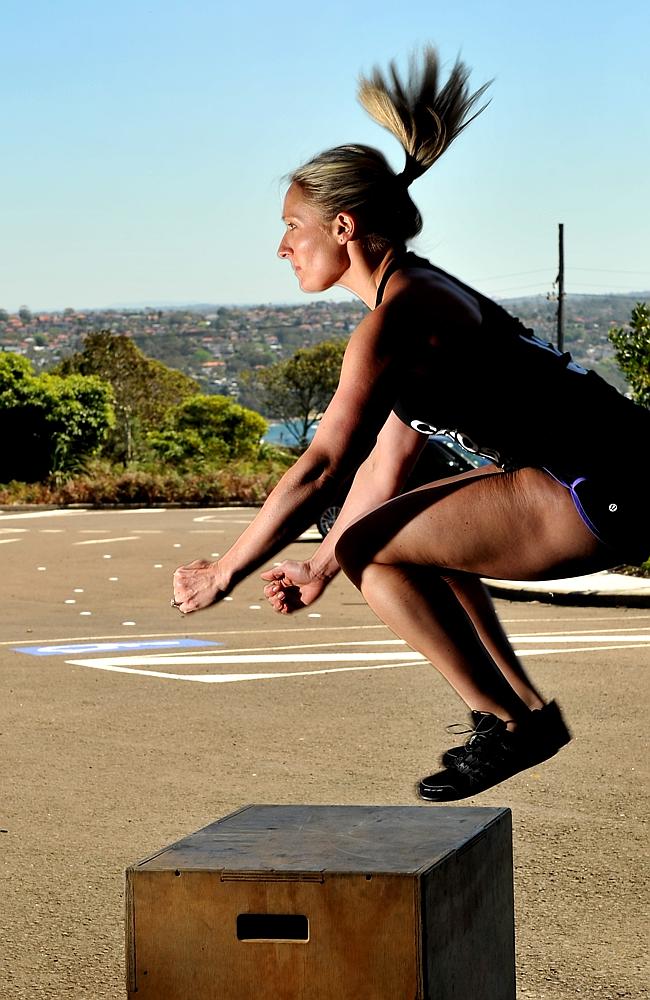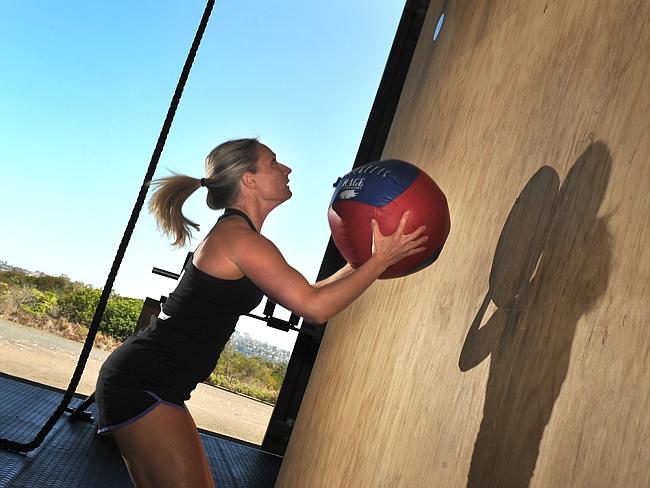Explained: Why tabata training is here to stay
TABATA. It’s not a Latin dance or a new range of rice crackers. It’s the super-efficient workout that gets you ripped 20 seconds at a time. Here’s how.
I’M SURE you’re wondering what this odd word means.
No, it’s not a dance being performed on Dancing With the Stars, and it’s not the newest table game at your local casino.
Tabata is a way to train your body to reach new heights in your fitness.
It’s quite simple. Tabata is an equation: 20/10 x 8 = 4. The 20 stands for seconds of work, the 10 stands for seconds of rest and the eight represents the number of rounds performed. The sum of the equation equals four minutes of intense exercise.
(So to be clear: Pick an exercise. Say, lunges. You do 20 seconds of intense work, completing as many reps as you can. Then stop for 10 seconds rest. Then your next 20 seconds of work starts. You have eight sets of this 20-seconds-on, 10-seconds-off combo. That’s a Tabata set.)

Tabata was first used in Japan as a new way of attempting to train athletes. The results were evident. The athletes developed great gains in both aerobic and anaerobic pathways by using this new high intensity interval training (HIIT), beyond that of their normal routine which consisted of moderate to high intensity training. The trend has blossomed into one of the hottest in fitness.
The sceptic I am forced to me to think bad thoughts about tabata. Unfortunately, there are many fads in circulation devoted to creating the “new you.” Just stay up past bedtime and surely you’ll flick the television to a channel promoting a belt that magically melts the love handles away or a salt shaker full of a foreign substance that makes you lose weight. Trust me, the shake weight alone will not make turn you into Mario Lopez. I use good ole Mario as an example because hey, the dude’s got the bod to go with smile. So my apologies if I like to do my research first before buying into something.
I’ve been using HIIT workouts for years. My focus was on creating workouts that consisted of bouts of work that ranged from 30-60 seconds per exercise. I also felt a need for constant change, rotating between different exercises within one round before repeating the same exercise. In a tabata circuit, you complete one exercise at a time, repeating it eight times before moving onto the next task. Needless to say, my philosophy adjusted once results came in.

After several weeks of incorporating tabata into my clients’ routines, along with my personal regimen, I noticed big differences in performance levels and body composition. As with any HIIT session, your body undergoes a heavy workload, which keeps your heart rate high and body in the training zone that will burn fat and build strength.
Tabata has changed my outlook on interval training. The short burst of activity followed by even shorter rest allows you to put your body in a state of high-level physical pursuit. It’s mental along with physical in that you must have the strength to perform the task and be able to withstand the urge to give up.
Try this: Perform a tabata circuit at home or at the gym with just body weight exercises. Start with push ups for eight rounds at the 20 seconds work/10 seconds rest ratio. When finished, grab some water and rest for one minute. Then clock yourself for eight rounds of sit ups. When done, water up for one minute. Last exercise in the circuit, perform jump squats for eight rounds at the 20 second/10 second work to rest interval. This will put your body in the metabolic training mode that burns fat, tones your body and helps you get the results you want.

As you get better and stronger at performing these short bursts of work, you can up the ante. Add exercises like kettlebell swings, inchworms and burpees to your tabata workouts. Remember, you must create outcome goals first. If your goal is fat loss, then incorporate exercises aimed at burning fat like aerobic activities and light weightlifting. If your goal is strength and power, incorporate more dumbbell and kettlebell exercises, even sprints to your tabata. Whatever your goal is, tabata can be used to help.
Check out these and some other great exercises to use for a tabata.
Tony is an SSA certified master trainer and owner of TONED UP Fitness.
This blog originally appeared on the Huffington Post.
###



